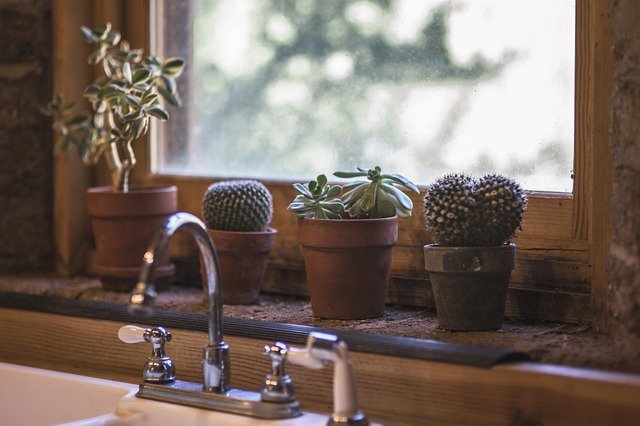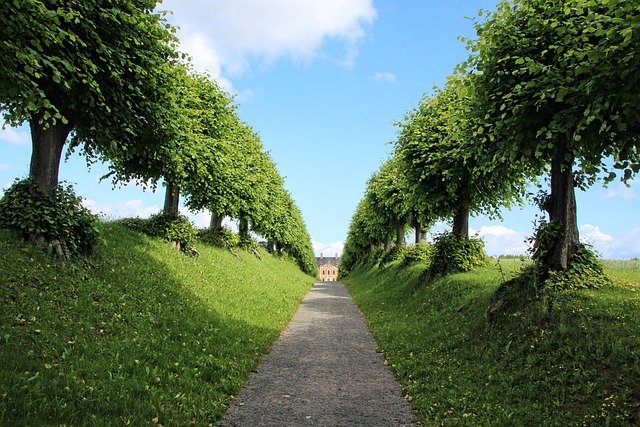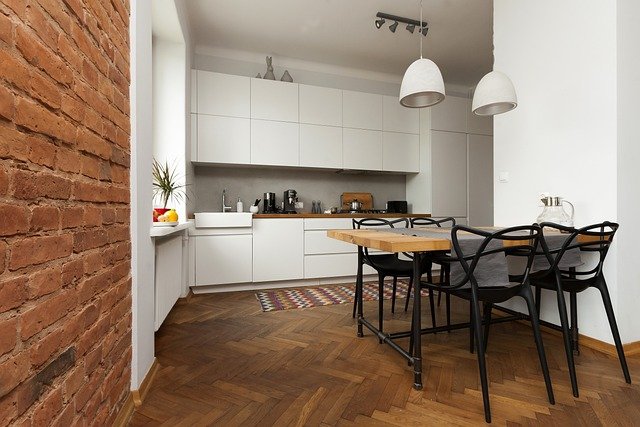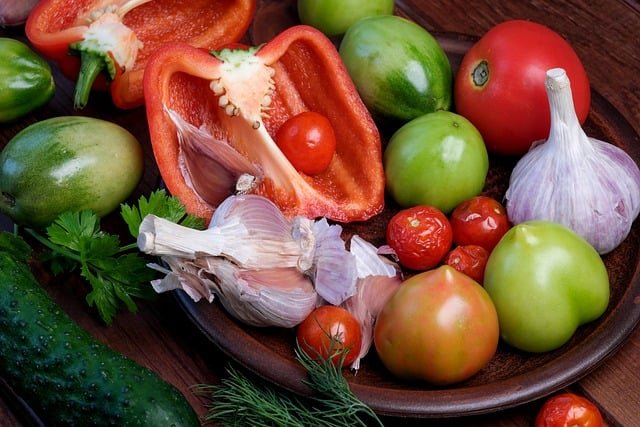Vegitables and herbs that grown in shade
However, what is the difference between herbs and vegetables? Let’s look at the differences and explain what they have in common. The short version is that herbs are just a subset of vegetables commonly used for flavor, garnish, aroma, or medicinal properties. Vegetables are generally consumed for their calorie and nutrient content. But let’s look at this in more detail.

While fruits are usually referred to as the part of a plant that contains the seed, vegetables can be made from any edible part of a plant. Vegetables can be made from the roots or bulbs of a plant, such as carrots, radishes, turnips, beets, potatoes, sweet potatoes, rutabagas, onions, and garlic (and a handful of others). A vegetable can be the fruits or flowers of a plant, such as broccoli, artichokes, and cauliflower. The fruit of a plant can be a vegetable, such as tomatoes, olives, zucchini, eggplant, peas, beans, avocados, cucumbers, squash, corn, bell peppers, and okra (to name a few). Even the stalks of a plant can be vegetables, like a celery stalk. A tomato is a fruit by the standard definition, but in culinary terms, the tomato is considered a vegetable.
Herbs are a class of vegetables that often include the thick, delicious leaves of certain plants like dill, oregano, thyme, parsley, sage, coriander, and basil. Herbs have a strong taste that makes them perfect for seasoning and are often used to flavor foods prepared with vegetables, grains, and meats.
Herbs and spices are very similar, but kicks are taken from virtually any part of a plant, including roots, seeds, leaves, fruit, or bark. Examples of spices made from sources include turmeric, ginger, and horseradish. Spices made from the fruit include red pepper, fennel, and coriander. Spices from seeds include allspice, black pepper, mustard, and cloves. Spices made from the leaves include bay leaves, mint, marjoram, and, any fresh herb that, once dried, can be used in cooking as a seasoning.
In many ways, fruits are vegetables, and herbs are spices. Fruits are pods with seeds that can be vegetables, but vegetables can be any part of a plant, and fruits are just pods with seeds. Herbs are the fresh leaves of plants which can be spices, but spices can be from any part of the plant, and herbs are the fresh leaves of plants. While vegetables are often eaten plain, herbs are often used to accompany meats, vegetables, and other foods and are rarely served plain. Herbs and greens usually make a great team. They can be combined in a recipe to make a wonderful dish, and in the garden, they can be combined as companion plants. Many herbs are resistant to pests, and their strong scent repels them. Planting herbs in your garden can prevent pests from attacking your vegetables.
How to choose plants based on landscape light conditions
Knowing that how much light a plant needs to thrive may seem like a relatively simple question, but the many details about sun exposure on plant labels can sometimes be confusing. Fortunately, industry standards bring consistency to plant labeling, so understanding a few key terms can help you choose the right plant for your garden conditions. Let’s take a closer look.
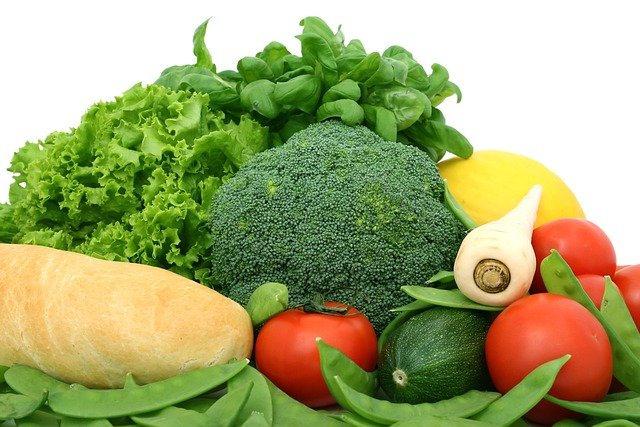
Terminology
All plants need sunshine to develop, however different plants require different amounts and intensities of light to flourish. Depending on whether a plant requires full sun, partial sun, partial shade, or complete shade, as determined by:
- Full sun: Plants need at least six hours of direct sunshine every day.
- Partial Sun – Plants grow with 3 to 6 hours of direct sunshine each day.
- Partial Shade: Plants need 3 to 6 hours of sunlight every day, but must be protected from the harsh noon sun.
- Plants need fewer than 3 hours of direct sunlight each day in full shade or full sun.
This properly captures the light we see in open, sunny settings. Most full-sun plants flourish under bright skies from sunrise to sunset, while some may want some respite. If a plant is heat or drought resistant and recommended for full sun, it is likely to withstand even the most intense summer sun, day after day. The same applies to plants with silver or gray foliage.
However, some plants cannot withstand the heat. So, what are gardeners to do? Consider a local perspective: The difference between full light in the Appalachian Mountains and the Gulf Coast is significant. It is critical to follow the label guidelines as a reference and tailor them to local circumstances.
Experience will help you better understand what sun exposure means for your garden. If unsure, contact your state educator to understand better how plants will respond to local conditions.
Part sun and part shade
By definition, sunspot and shadowspot are very similar, but subtle differences necessitate the use of these two terms. Most plants that require partial sun or partial shade do very well in filtered lighted for most of the day or in the direct morning or afternoon sun. Remember that the afternoon sun is more intense for a few hours and produces more heat than the morning sun.
Plants labeled as partial shade will be more sensitive to excessive sunlight, especially in the afternoon, and require shade during the hottest day.
Plants labeled as the part sun can generally tolerate more light and need less direct sun to thrive. These plants can flower poorly if they receive less sunlight.
For any group, providing direct morning sun is a good option.
Full shade
Shade plants need anything from indirect light on the north side of the house to deep shade under evergreens. True shade plants, like many ferns, can be killed by too much sunlight. Filtered light, such as under the canopy of a tree, makes a good backdrop for full-shade plants. This type of light is called dappled shade and offers many landscaping opportunities.
Most full-shade plants can tolerate direct morning or afternoon sunlight, but not mid-morning. Look at the landscape carefully to make sure areas that you think are shaded don’t get long rays of light during the day. Familiarize yourself with your landscape’s sun exposure by checking light conditions throughout the day and during the growing season.
Keys to Growing Herbs in the Shade
In addition to maximizing as much sunlight as possible by placing your herbs in the sunniest spot, you can do a few other things to encourage shady herb growing.

1. Don’t over-fertilize. Since shade-grown herbs are long-lived, to begin with, overfeeding them encourages weaker, thinner growth. Take it easy with fertilization. Use liquid organic fertilizer at least once every 6-8 weeks.
2. Regular harvest. Herbs that grow in the shadow are harvested by cutting off a growth that is somewhat taller than in the sun. Trim off the outside stems. Continuous harvesting not only promotes branching and keeps the plant smaller, but it also stops blooming, which might alter the taste of the plant.
3. Beware of pests. Sap-sucking bugs, such as aphids and spider mites, attack plants that grow in less-than-ideal conditions. While these are not common weed pests, closely monitor all shade-growing weeds for these and other pest invaders. Spraying horticultural oil or insecticidal soap is only necessary if pests continue to appear after the hose hits the plant with a strong jet of water.
if you grow the following shade-tolerant herbs in the ground or containers, enjoy their natural beauty and delicious taste.
Herbs that grow in the shade.
1. Chervil: Shaded Herb Salad
Garden Chervil (Anthriscus cerefolium) is an fine herb that true herb lovers will never be without. A cool annual season, Chervil is easy to grow and has attractive, light green, fern-like foliage. Its subtle flavor is the smooth taste of licorice. Chervil has a delicate taste, so it’s best to use it fresh. Do not try to dry the Chervil; The results will be tasteless. Combine fresh harvests of Chervil with tarragon, chives, and parsley to make an herbal dressing, or add fresh leaves to your salad for an amazing flavor with other greens.
2. Melissa: A delicious herb that grows in the shade
Lemon balm (Melissa officinalis) can grow even in the shade. The leaves, fresh or dried, make a delicious herbal tea.
Often grown as an annual, lemon balm is easy to sow. This one is good if you like lemongrass and need a lot of it. But hedging is essential if you don’t want it to take over your shady garden. Remove the flower stalks before the seeds ripen and fall.
3. Chives: The easiest herb to grow in the shade
One of the oldest herbs you can harvest, chives (Allium schoenoprasum) is a hardy perennial grown primarily for its leaves, although the flowers are edible. Chives have a subtle onion flavor and can be harvested and used in cooking during the growing season by snipping off a handful of stems at the base. New stems continue to grow from the plant’s crown throughout the season.
Growing from seed is very easy. Plant chive seeds indoors under grow lights in late winter. Young plants can be moved to the garden or containers between 8 and 12 weeks. If you let the plant’s flowers ripen, the seeds ripen, dry out and fall to the ground. The new plants appear the following spring. Chive plants are easy to find in the nursery trade if you don’t want to start with seeds.
4. Dill: A Dual Use Shade Herb
Dill (Anethum graveolens) is an one of annual herb that grows well in full sun but is shade tolerant, although it does not produce as many flowers. The distinctly flavored fern leaves are best used fresh, and the seeds are often used to flavor dill pickles.
Annual herbs like dill do best when started from seeds planted directly in the garden. Start your dill plants by dropping some seeds in late April. First, add some compost to the planting area and cover the seeds lightly. Dill does better when you don’t spoil him. It thrives on neglect. Once you establish a dill colony, it will enthusiastically return every year as long as you don’t pick too much foliage and let some plants fall to seed.
5. green salads
Arugula, endive, lettuce, sorrel, spinach
Lettuce leaves generally do well in cooler climates and appreciate a little shade. Growing them during the hottest part of the summer can be tricky because these vegetables will quickly seed (also known as tasseling) in too much heat or sun. However, a place with shade will help prolong its production. Green salads tolerate 3 to 4 hours of sunlight a day.
6. leaf leaf
Kale, cabbage, mustard, swiss chard
These leafy greens are often cooked. With 3-4 hours of sun a day, they will grow slower, but you can harvest them as “children’s greens,” and they will be soft and sweet.
7. root vegetables
Beetroot, carrot, potato, radish, turnip, turnip
You can harvest early vegetables before they reach full size for “baby” vegetables or wait a little longer for a fully mature harvest. They will take a little longer to reach full size in 4-5 hours of sunlight, but partial shade will keep them from setting (seeds) too soon. Radishes prefer shade, especially in summer, to prevent them from becoming woody and wild. Constant watering is also important to prevent overripe and screwing. Remember that you can grow delicious greens from beets, turnips, and radishes, even if the roots are small.
8. brassica vegetables
Broccoli and Cauliflower, Brussels Sprouts, Cabbage
A member of the Brassica genus, this vegetable grows hard heads and blooms later in partial sun. With broccoli and cauliflower, you’ll get a small second crop after cutting off the main central head. These cool-weather plants do best with 4-6 hours of sunlight daily.
9. nuts and beans
Being in a shaded spot prolongs the growing season for peas and beans! These vegetables can grow well with 4-5 hours of sun a day. Remember to harvest peas and beans regularly to encourage continued growth. Read more tips in our blog post on how to grow peas.
10. leek and onion
Leeks and onions do best in a cool, moist environment. They can receive at least 4 hours of sunlight a day.

